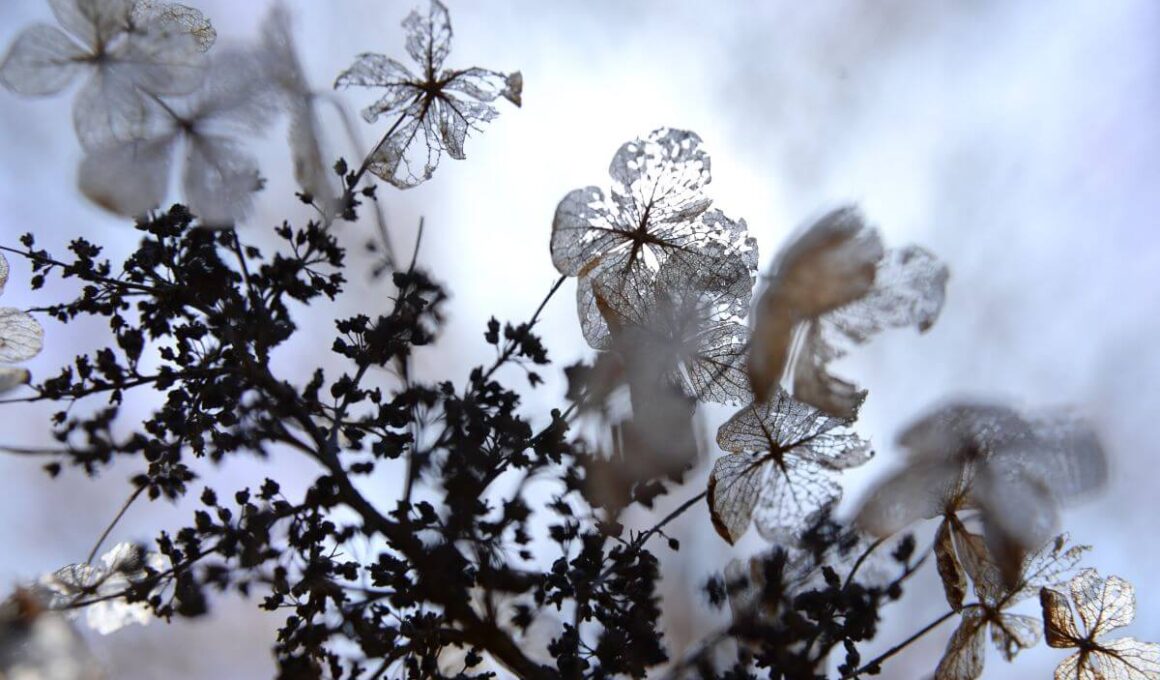What Is a Skeleton Flower (Diphylleia grayi)?
The skeleton flower (Diphylleia grayi) is a perennial plant native to Japan. It gets its name from its unique flowers, which have translucent petals that turn opaque when they come into contact with water. The flowers of the skeleton plant typically bloom in late spring or early summer. Each flower only lasts for a few days before it withers away. However, the plant produces numerous flowers, so there is usually at least one in bloom at any given time. The skeleton flower is a popular choice for gardens because of its unusual appearance and the fact that it is relatively easy to care for.
Skeleton Flower Appearance
It has light blue blooms that bloom from June to July. It yields dark blue-purple berries with a white powdery coating and blooms subsequently. The plant’s name comes from the fact that its petals become translucent when wet. When the flower is dry, the petals become opaque again.
Skeleton Flower Distribution and Habitat
Skeleton flowers are native to East Asia and can be found in China, Japan, and Korea. They grow in damp, shady areas such as forests, swamps, and riverbanks. Skeleton flowers are relatively rare and are not often seen in cultivation. However, they can be grown in moist, shady areas of the garden. With their unusual appearance, they make an interesting addition to any garden.
Skeleton Flower Propagation
The skeleton flower is very rare and is only found in a few locations in the world. However, it is possible to propagate the plant from seed. The seeds must be sown in early spring, and the seedlings should be transplanted into individual pots when they are large enough to handle. Once the plants are established, they can be moved to a sunny location in the garden. With proper care, the skeleton flower will bloom in late summer or early fall.
How to Care for a Skeleton Flower?
The skeleton flower is not only beautiful, but it is also quite easy to care for. Here are some tips for keeping your skeleton flower healthy and happy:
- Place the plant in a location where it will receive indirect sunlight. Too much direct sun can damage the fragile petals.
- Water the plant regularly, making sure to keep the soil moist but not soggy.
- Feed the plant a balanced fertilizer during the growing season. Skeleton flowers grow best in soils rich in organic matter.
- Keep an eye on pests and diseases. Skeleton flowers are generally easy to care for and are not prone to pests and diseases, however, it is always important to keep an eye out for any potential problems. Common indicators include chewed leaves, webbing, or unusual discoloration.
With just a bit of care, your skeleton flower will thrive and add a touch of ethereal beauty to your home.



















